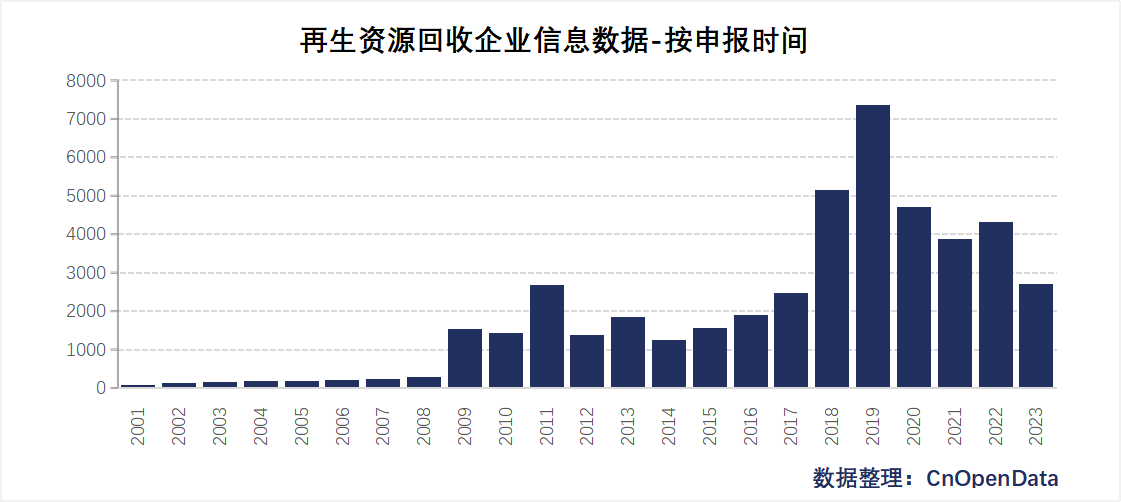Recyclable resource recycling generally refers to an industrial structure integrating sorting, transportation, and processing for utilization.
Under the "dual-carbon" goals (carbon peaking and carbon neutrality), resource recycling effectively reduces carbon emissions and serves as a critical means for energy conservation and emission reduction. With China's active promotion of a dual-cycle ecological economy, the regenerated resource industry—an essential component of the circular economy—has seen emerging new business models and initial achievements in sector development. However, constrained by economic, technological, and market factors, the industry still faces bottlenecks such as low refined sorting capabilities, irregular management practices, scattered and polluting recycling by small factories, lack of standardized operations, severe workforce aging, and recruitment/retention challenges. These issues contribute to China's generally lower recycling and regeneration rates compared to developed countries in Europe and North America. To address this, China aims to enhance technological innovation and refine regulatory standards to accelerate the green transformation of the regenerated resource industry and achieve sustainable development.
Against this backdrop, CnOpenData presents the Recyclable Resource Recycling Enterprise Information Data, covering registration records and basic business registration details of over 46,000 enterprises in this sector, providing robust data support for related research.
Data Scale

Time Range
1952 - November 2023
Field Display
Sample Data
再生资源回收企业名录
再生资源回收企业工商注册基本信息数据
数据更新频率
年度更新